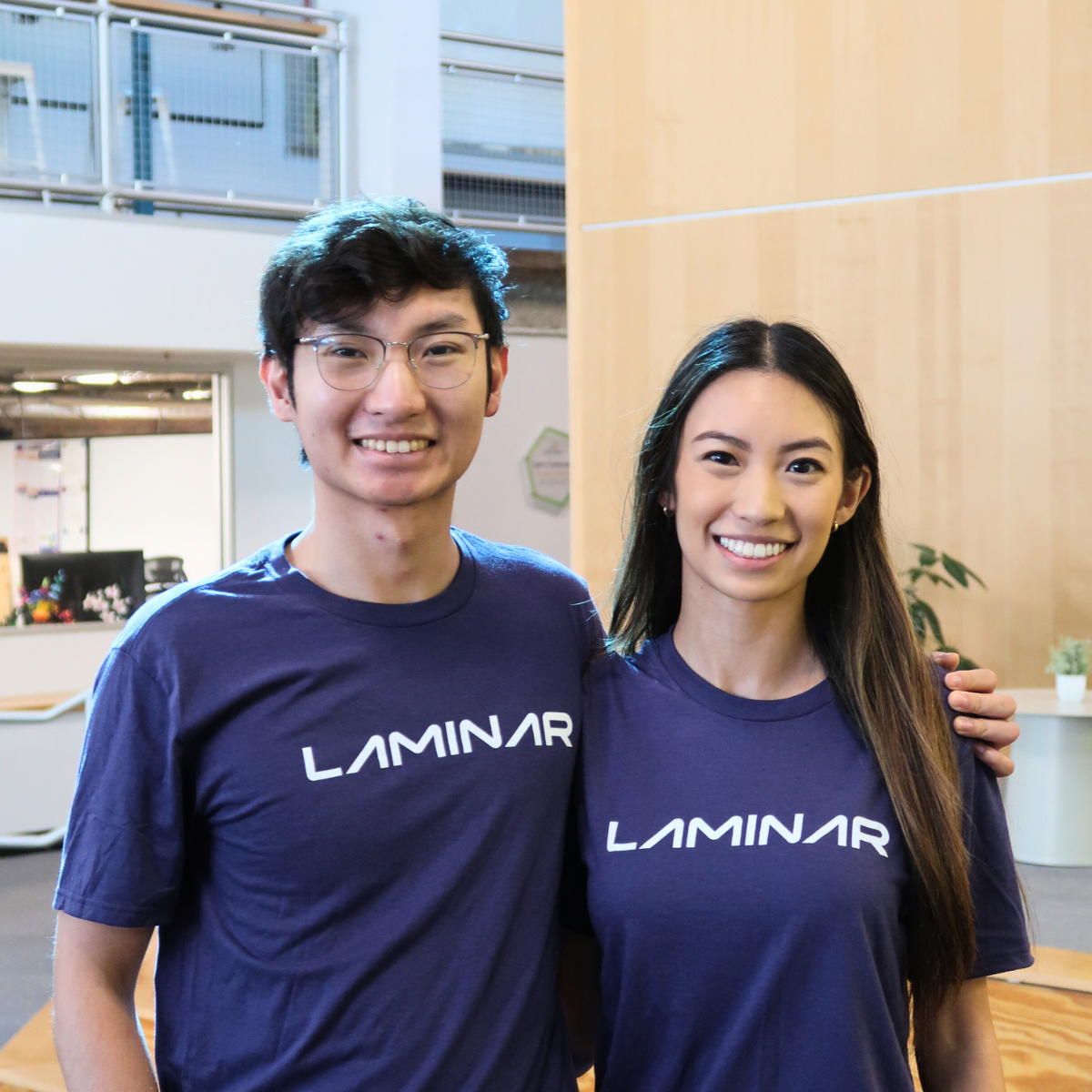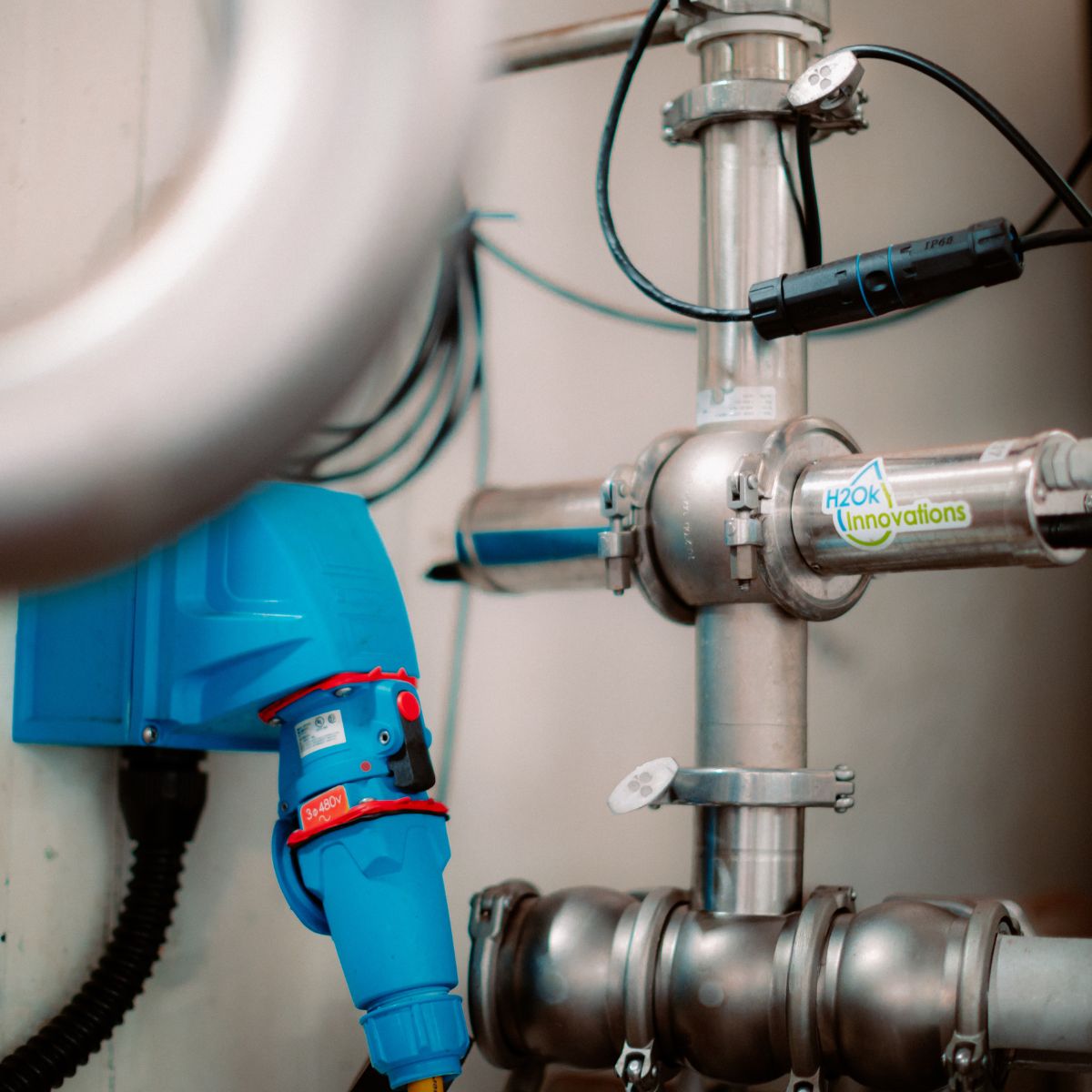
From Static CIP to Closed-Loop Optimization: How F&B Plants Get More Agile Instantly

.webp)
Clean-in-Place was never meant to be a guessing game. Yet in most food and beverage plants, CIP still runs on static, worst-case recipes—timers that keep pumping water and chemicals as long as your chemical supplier tells you to, even though your intuition tells you that these cycles are longer than they need to be.
Those extra minutes are written off and built into your production schedule - institutionalized never to be questioned again.
Operational focus is on downtime and to try and get asset and line uptime higher, while sustainability focus is on how to meet water, chemical stewardship goals for the year. Meanwhile, new product launches, consumer consumption changes, higher input costs keep you on your toes trying to build more agility and flexibility into your factory to handle more SKUs and smaller batches.
If you are running CIP daily, and trying to be more agile, there is a new way to back up your intuition and get more than 15% time back from CIP. It is simply built into your current process and this post outlines a practical, novel way in which you can transform it into a closed-loop, self-optimizing process that will always keep your lines and equipment clean but more efficiently, cycle after cycle.
The gap between AI “insights” and real throughput in your CIP system
The last decade poured dashboards and analytics onto the plant floor. Most are retrospective: they analyze yesterday’s events and propose improvements that depend on human intervention, change management, and monitoring if the suspected root cause truly fixes the symptoms.
Useful—but this cycle catches only the obvious “low hanging fruit” and eventually you hit the wall where further actions deliver diminishing returns.
CIP system design is a great example of a process where improvements have diminished and more consultation with the chemical supplier or tinkering with pre-set conductivity timers don’t really make much of a difference.
Operations teams don’t need another chart; they need automatic, real-time actions at the exact moment conditions change in the pipe. That’s the promise of closed-loop CIP: detect the true state of the liquid, decide with confidence, and act directly on the recipe—safely, repeatably, and fast.
Why Clean-in-Place timers persist—and why they fail under SKU pressure
Timers persist because they’re easy to standardize and audit. Over time, they get institutionalized. We add margin to protect against underwash incidents, stubborn to clean SKUs, or variability across equipment. As demand shifts and SKU counts rise, those baked-in buffers collide with tighter windows, causing:
- Lost runtime: Unnecessary minutes per cycle compound across shifts and lines.
- Higher utilities: Over-cleaning consumes water, chemicals, and energy that don’t improve hygiene.
- Human firefighting: Operators and quality step in to manage exceptions, slowing everything further.
If your plant is pushing more short runs or product changeovers, timer-based CIP becomes a tax you pay multiple times a day.
Closed-loop CIP optimization that works for food processing
Closed-loop CIP replaces “run for 12 minutes just in case” with “switch the moment the line is actually clean.” In practice, that looks like a simple, repeatable control pattern:
- Detect the liquid state in-line: Fluids absorb and reflect light differently based on chemistry and composition. Using inline spectroscopy (UV-Vis and infrared) alongside standard instrumentation, you can read a “spectral fingerprint” of what’s in the pipe—wash, rinse, product, air, or interfaces—continuously and in real time.
- Decide cutovers with a software model tuned to your line: Lightweight ML models learn the fingerprints of your products and cleaning stages and set guardrails for confidence thresholds. The point is not a black-box prediction; it’s a clear, auditable signal that a stage has reached completion.
- Act on the PLC/recipe with guardrails: When confidence is high, the system triggers the cutover within the control envelope you define. What if this system fails to detect or there is an interruption in service then it the system resets back to the original, less efficient recipe. This is critical for adoption of such a service without any interruption to production.
The result: sub-second decisions where they matter, fewer manual interventions, and cycles that scale across shifts and SKUs.
Science-led detection, not black-box magic
Plants trust spectroscopy because they already use it in the lab. Inline spectroscopy simply moves that trusted science into the pipe. A few practical notes:
- Objective signals: Spectral fingerprints are physical measurements, not correlations. They’re auditable and easy to validate with standard sampling.
- Standard connections: Hygienic, industry-standard process connections (e.g., Varinline) mean fast installs without re-plumbing lines.
- Self-contained footprint: The most successful deployments minimize IT lift—no multi-month data pipeline or complex integrations just to prove value.
This isn’t about replacing expertise; it’s about embedding expertise into the process so decisions happen automatically, every run.
Beyond OEE dashboards: measure what operations actually feel
OEE is useful, but operators experience performance as minutes and surprises. When you modernize CIP, track metrics that map directly to how the line runs:
- Minutes recovered per CIP (and per changeover)
- Schedule attainment (did we make what we planned?)
- Underwash/overwash incidents and rework avoided
- Resource intensity: water (m³), chemicals (kg), and energy (kWh) per CIP
- Product loss at changeovers (liters or cases saved)
These measures expose the true ROI of closed-loop CIP and make scaling decisions straightforward.
Quick start: a one-line pilot focused on efficiency
You don’t need a transformation program to get moving. A focused pilot can reveal value in a single planning cycle.
1) Baseline reality: Pick one line and common SKU family. For 2–3 weeks, record CIP durations by stage, water and chemical use, energy draw, and any underwash/overwash or rework events. Note upstream/downstream schedule impacts.
2) Install hardware on a CIP system: Install inline spectroscopy at the supply and return locations where inputs can be compared with the output. Clean water in - clean water out? Caustic in - clean caustic out? This determines the precise time when a particular CIP cycle is complete. . Keep it simple; the goal is precise detection at a few decisive moments.
3) Validate with routine sampling: During early runs, keep your existing timers and treat the closed-loop signal as advisory. Compare the model’s “cut now” recommendation with your lab checks and ATP swabs. Tune thresholds until Quality protocols and standards are met..
4) Enable guarded automation: Once confidence is established, allow the system to trigger cutovers within defined limits. Configure clear escalation paths for anomalies (e.g., unexpected fingerprints, sensor fouling, valve mis-sequencing).
5) Track what matters: Report minutes recovered per cycle, resources saved, and any quality events avoided. Convert time into throughput: how many additional cases did reclaimed minutes enable this week?
With a tight scope, you can reach “automation on, guardrails active” quickly, then expand by SKU family and shift.
Results food industry operators care about
Plants that move from timers to closed-loop CIP consistently report three categories of impact:
- Time back for high-demand SKUs
Precise cutovers add minutes to the schedule every cycle, unlocking capacity without new equipment. - Less waste, lower utilities
Shorter stages cut water, chemical, and energy use—improving sustainability metrics while saving money. - Fewer surprises
Inline detection reduces underwash and cross-contamination risk, and catches off-spec transitions early—before they trigger downtime or product holds.
These gains don’t require heroics; they come from letting objective signals make routine decisions reliably.
Closed-loop CIP Implementation myths to ignore
- “We need a big data lake first.”
You need accurate inline signals and a controlled path to act on them—not a year of integrations. - “Operators will lose control.”
Guardrails and escalation keep humans in charge of exceptions, while automation handles the boring, repetitive calls. - “Validation will take forever.”
Using lab sampling you already trust, you can validate fingerprints quickly and incrementally.
The future of Clean-in-Place methods
If your CIP still runs on static timers, you’re leaving throughput on the table and paying for it with water, chemicals, energy—and missed schedules. Closed-loop, science-led control gives that time back by making precise, automatic decisions exactly where they matter: in the pipe, during the cycle, every run. It’s the fastest way to ship more product without a capital project, and it makes the workday calmer for operators and Quality.
Ready to calculate the minutes you can recover per line? Get in touch with our team.
Related Blog Posts

From our Founders: H2Ok Innovations to Laminar




.svg)

